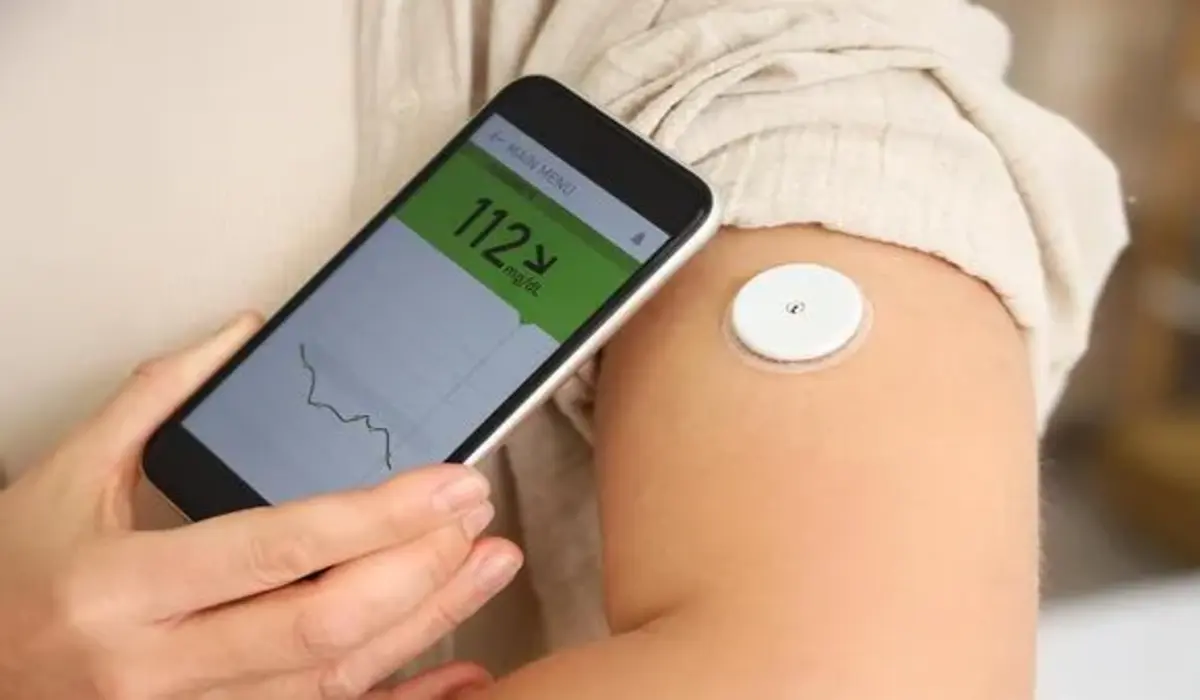In a groundbreaking move to modernize public health, the United States government has launched the “MAHA” initiative—Making America Healthy Again—a bold, tech-driven campaign aimed at tackling the nation’s rising rates of heart disease, diabetes, obesity, and other long-term conditions. The campaign’s primary tool? Wearable health technology, designed to help Americans monitor and manage their well-being in real time.
This nationwide push isn’t just about selling smartwatches or fitness trackers—it’s about shifting the health paradigm from reactive to proactive. By giving people the means to monitor their sleep, activity, diet, and biometric information such as blood sugar and heart rate, the U.S. hopes to reduce preventable diseases and transform how people think about health.
The Need for a National Health Overhaul
America is grappling with a growing health crisis. The healthcare system is under tremendous strain from chronic lifestyle-related ailments, as billions of dollars are spent each year on treating illnesses that could be prevented with early intervention and behavior modification. MAHA was born out of the urgent need to address this crisis in a scalable and sustainable way.
The campaign focuses on empowering individuals rather than just hospital treatment or medications. The government aims to make health monitoring mainstream, allowing Americans to spot problems early, take action, and reduce dependence on costly treatments.

What Is the MAHA Campaign?
With a particular emphasis on wearable technologies, MAHA is a multifaceted national health awareness campaign. It seeks to integrate smart health devices into everyday life, transforming them from fitness novelties into essential personal wellness tools.
The campaign includes:
- National advertising efforts to promote awareness of wearable devices and their benefits
- Public-private partnerships with tech companies and health organizations
- Incentives for individuals to purchase or receive subsidized wearables
- Educational outreach on nutrition, physical activity, and digital wellness
- Policy discussions around insurance reimbursement and workplace wellness programs
The government envisions a future where wearing a health monitor is as common as carrying a smartphone.
Wearables: From Gadgets to Health Essentials
Wearable devices have evolved far beyond step counters. Today’s smartwatches and health monitors offer advanced tracking capabilities, including:
- Heart rate variability
- Continuous glucose monitoring
- Sleep quality analysis
- Blood oxygen levels
- Calories burned and activity recognition
- Stress tracking
By leveraging these features, users can receive real-time alerts, analyze long-term patterns, and receive actionable recommendations. The campaign emphasizes that data-driven awareness can lead to smarter choices, like going for a walk after dinner, adjusting sleep habits, or reducing sugar intake.
For individuals with conditions like prediabetes or hypertension, early detection and daily tracking could prevent complications and even reverse symptoms. The MAHA campaign puts power back into the hands of the individual—literally on their wrist.
Government Goals and Vision
The government has outlined several ambitious goals for the MAHA campaign:
- Encourage adoption of wearable tech by over 100 million Americans within the next five years
- Reduce national obesity rates by 10% through behavioral interventions
- Decrease lifestyle-related hospital admissions
- Promote preventive care, reducing reliance on reactive medical treatments
- Drive cultural change around wellness, healthy eating, and daily movement
To accomplish this, the campaign is using a mix of grassroots community outreach, digital media campaigns, and corporate wellness partnerships. From major city billboards to TikTok influencers, MAHA is meeting people where they are.

Public Messaging Strategy
A central pillar of the campaign is awareness through bold messaging. Advertisements, public service announcements, and digital content are crafted to be attention-grabbing, informative, and motivational.
Slogans like:
- “Track it. Change it. Own your health.”
- “Your wristband can do more than tell time.”
- “The power to prevent is in your hands.”
These taglines aim to make health monitoring cool, accessible, and part of daily American life.
MAHA doesn’t stop at fitness. It’s paired with broader health literacy efforts to teach Americans about the dangers of ultra-processed foods, sedentary lifestyles, and unmanaged stress.
Access and Affordability
A key concern for any nationwide campaign is equity. MAHA recognizes that wearable devices can be cost-prohibitive for some Americans. To ensure widespread adoption, the campaign includes provisions such as:
- Subsidies for low-income households
- Employer-sponsored device programs
- Healthcare savings account (HSA) eligibility for wearables
- Exploring insurance reimbursement pathways
- Partnerships with Medicaid and Medicare to pilot integration
By reducing the financial barrier, the campaign aims to democratize access to digital health, making it a public good, not a luxury.
Integration with Healthcare Providers
Additionally, MAHA aims to close the gap that exists between people and the healthcare system. The campaign encourages collaboration between wearable tech providers and medical professionals so that personal health data can be shared (with consent) for better diagnosis, treatment, and long-term care planning.
Doctors and nurses will be better equipped to offer advice based on a patient’s real-world habits. For example, a doctor could tailor exercise recommendations based on the patient’s activity logs or adjust diet advice based on continuous glucose monitoring.
Challenges and Controversies
Despite its promise, the MAHA campaign has not been without criticism or concern:
- Data privacy: With millions collecting sensitive health data, questions arise about how it’s stored, shared, and protected.
- Corporate influence: Some critics worry that tech companies may unduly profit from public health efforts.
- Device accuracy: Not all wearables are FDA-approved, raising concerns about false readings or unverified health claims.
- Behavioral fatigue: Some argue that constant tracking could lead to stress or over-monitoring, especially in individuals prone to health anxiety.
The government has pledged to address these concerns with strict data transparency policies, ethical oversight, and ongoing consumer education.
Cultural Impact and the Future of Health
The MAHA campaign reflects a major cultural shift. America is moving away from a medical model that treats illness after it occurs, toward a holistic, proactive health model focused on prevention, awareness, and self-care.
It also signals a societal embrace of technology as a partner in wellness. Health is no longer something discussed only in the doctor’s office—it’s a daily dialogue between you and your data.
As wearables become more advanced, we can expect features like:
- AI-powered health coaching
- Predictive analytics for disease risk
- Integration with smart homes and kitchens
- Personalized nutrition based on biosensors
MAHA may serve as a launching pad for broader innovation in the U.S. healthcare landscape.
Conclusion: A Healthier, Smarter Future
The “Making America Healthy Again” campaign is more than a wellness initiative—it’s a bold, forward-thinking strategy to reclaim public health through data, technology, and empowerment. By championing wearable devices as tools for daily insight and transformation, the campaign gives Americans a clear path toward healthier lives.
If successful, MAHA could reshape how individuals, families, communities, and even the nation approach wellness. It represents a future where health is not just treated—it’s actively pursued, monitored, and optimized.
In the face of rising healthcare costs and declining population health, MAHA offers something rare: a vision of prevention, powered by innovation, and made real by the choices people make every day.
FAQs – U.S. “MAHA” (Making America Healthy Again) Wearable Health Campaign
1. What is the MAHA Campaign?
MAHA stands for “Making America Healthy Again.” It is a national public health initiative launched by the U.S. government in 2025 to promote healthier lifestyles using wearable health technology such as fitness trackers and smartwatches.
2. What is the goal of the MAHA campaign?
The primary goal is to reduce preventable chronic diseases like obesity, heart disease, and type 2 diabetes by empowering individuals to monitor their health data in real-time and make informed wellness decisions.
3. How do wearable devices help improve health?
Wearables track physical activity, heart rate, sleep quality, stress levels, glucose levels, and more. This real-time feedback encourages healthier habits, early intervention, and better management of existing health conditions.
4. Who is eligible to participate in the MAHA initiative?
All U.S. residents are encouraged to participate. The government is working with private partners to make devices affordable or even free to those in low-income or high-risk groups.
Related Blog: Europe’s 2025 Heatwave Spurs Major Health Crisis




